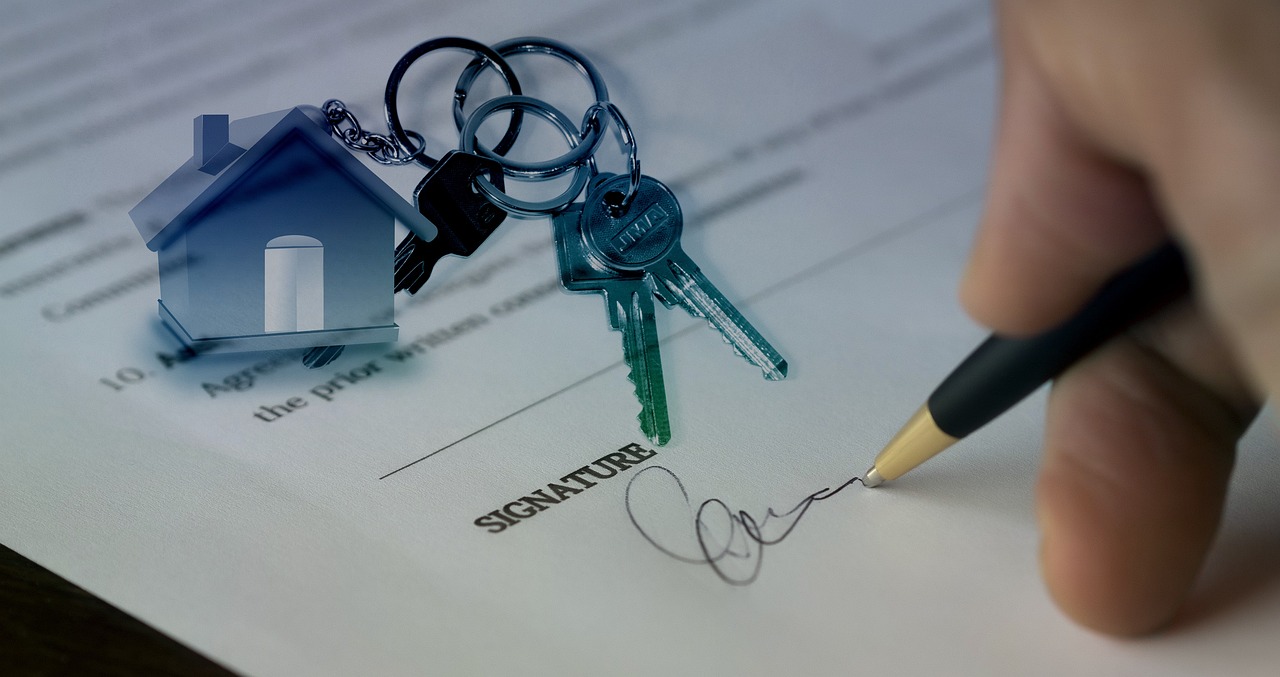Blog
Plenty of Dry Powder Available for Real Estate, Venture Capital Deals if You Know Where To Look

02/07/2024
Much of the news media coverage of the real estate market in the United States focuses on the challenges in the commercial space, as office block owners in non-prime locations face the double-whammy of higher interest rates impacting their ability to refinance, and falling rental incomes due to the persistence of the work from home culture that was borne out of the Covid-19 pandemic-induced lockdowns, increasing vacancy rates . It’s something that some industry commentators say will continue, even to the extent of clearing out the regional banks.
The same can’t be said for the residential market, however. Supply issues plague the space almost nationwide, and the average house price in the country is at a record high of $342,685, according to the Zillow Home Values Index, at the time of writing.
That represents a good opportunity for local and/or opportunistic real estate developers to build houses or multifamily buildings and turn a tidy profit. But finding sources of funding is often difficult – you have to know someone who knows someone in order to get access to financing, as local and regional banks aren’t as willing lenders as they once were.
But it doesn’t have to be difficult for entrepreneurs to find capital. According to data from 9at, there were 92 completely new Form D filings in the ‘real estate’ category in 2023, representing $6.74bn of capital. And many of these pooled investment vehicles that file form Ds have not yet made a first sale, so they are out raising money from investors, and when they do raise, that’s more money seeking deals.
Obviously, many of these funds are looking to do larger deals. But still, there’s plenty of investment dollars available for smaller developers looking to finance their project.
It’s a similar story for start-ups. In 2023, the venture capital industry took, in some ways, a worse hit than the commercial real estate market, with fundraising hitting a 6-year low. The troubles with Silicon Valley Bank in March last year added short term woes to more fundamental challenges faced by the private markets in terms of fundraising, as investors pivoted out of illiquid assets like venture capital and private equity to more liquid credit investments, buoyed by the comparatively higher yield and lower risk offered by these securities. But there’s another reality facing startups – the ‘new normal’ in the market is that venture capitalists are now being much tougher on due diligence and less flippant in terms of just throwing money at the next great idea.
Add to that, the fact that the capital raising environment is currently as friendly to the venture capitalists than any point since 2010, means that start-ups will need to cast a wider net than ever before in order to secure funding.
But that funding is out there. According to 9at data, there were 13,788 new form D venture capital funds filed last year, that had raised $246bn from their investors. That money will need to find a home at some point, unless the VCs decide to return uncommitted capital back to their LPs.
The reality facing start-ups is that they will need to contact many more potential investors than they did previously in order to secure an investment. And the reality facing real estate developers is that they will also need to be more pro-active when it comes to sourcing capital. But, as the Form D data shows, the money is out there.
 Previous
Previous